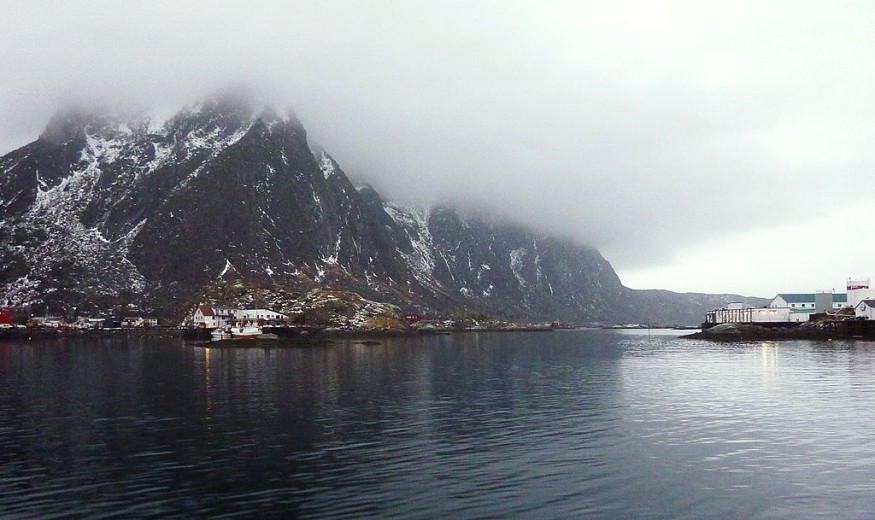
Norway expressed its goals of exploring and pioneering deep-sea mining to get its minerals, such as copper, nickel, and cobalt.
Deep Sea Mining for Norway's Minerals
Norway wants to facilitate deep-sea mining in a region around the size of Germany. The suggested region generally extends from Bod's latitude, to the Norwegian Sea, and into the Barents Sea, where Svalbard is located. The suggested location has water that is up to 4,000 meters deep.
In the upcoming weeks, the Norwegian government aims to present preparations for the opening of the national parliament. Initial regulations for seabed mining are anticipated to be released next month by the International Seabed Authority, which functions under the auspices of the United Nations.
The seafloor in Norway's planned mining region is abundant with polymetallic nodules that are highly concentrated in desirable metals including copper, nickel, and cobalt. Norway contends that these components, which are frequently needed in batteries and electric cars, are essential for a smooth energy transition.
Environmental Woes
The government of Norway, led by its Labor-affiliated prime minister Jonas Gahr Stre, claims that underwater mining can be done without harming marine life. However, environmentalists warn that the world's deep waters are still among the least studied and comprehended regions.
Environmentalists claim that because of this ignorance, full studies of the effects of deep-sea mining are not possible. The habitat for both known and undiscovered species may be swiftly and irreparably destroyed if the metallic nodules are removed from the ocean floor.
And only last week, the European Academy of Sciences urged a halt on deep sea mining in light of the practice's disastrous effects. They propose that the expanding demand may be met by increasing recycling rates and onshore deposits rather than mining new deposits of important minerals in the world's oceans.
The experts also caution against mining because it would destabilize sea floors that took thousands of years to form by releasing massive amounts of silt, according to Spektrum.
Economic and Zoning Woes
The government's plan will probably face criticism from Norwegian fishermen who depend significantly on the waters surrounding the archipelago, in addition to possible habitat damage.
Geopolitical considerations must be taken into account in addition to the requirement to balance the demand for essential metals for the energy transition and environmental protection.
The Svalbard Treaty is the source of Norway's mining rights to the sea bottom surrounding Svalbard. Other signatories may potentially stake a claim to a section of the waters surrounding the archipelago, including the US, EU nations, and-most significantly-Russia.
More nations may start searching for minerals in new locations, such as the Arctic sea floor, due to anticipated shortages of minerals like copper, nickel, and other metals in the future decades.
Pioneers of Deep Sea Mining
Norway might be a leader in seabed mining due to its solid track record in ethical resource utilization. Due to its success in offshore oil production as well as a performance-based regulatory system, it is a prime contender to highlight ethical behavior. Further solidifying its position is Norway's role as a pioneer in the industry, notably in the Barents Sea, in terms of resource provision, training, and sector structuring.
In the opinion of Troy Bouffard, the University of Alaska Fairbanks director of the Center for Arctic Security and Resilience, can show the rest of the world how to properly mine the seabed, High North News reports.
Related Article : Lithium Mining Company Gets $700M Government Loan but Cited for Trespassing on Critical Habitat of Endangered Buckwheat Located in Nevada Mine Itself
© 2025 NatureWorldNews.com All rights reserved. Do not reproduce without permission.





